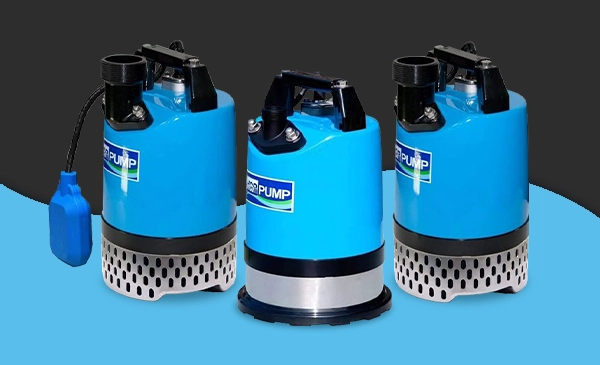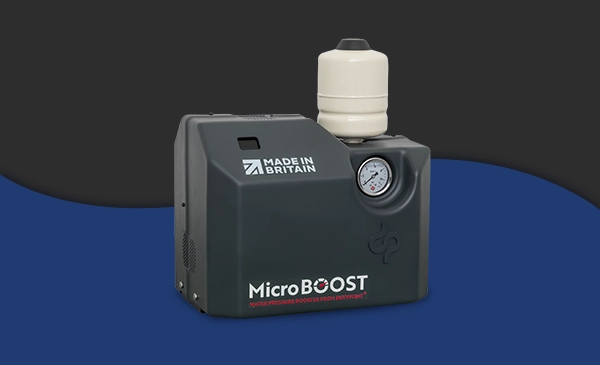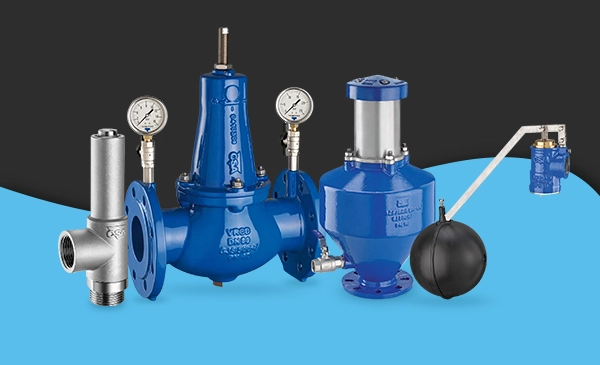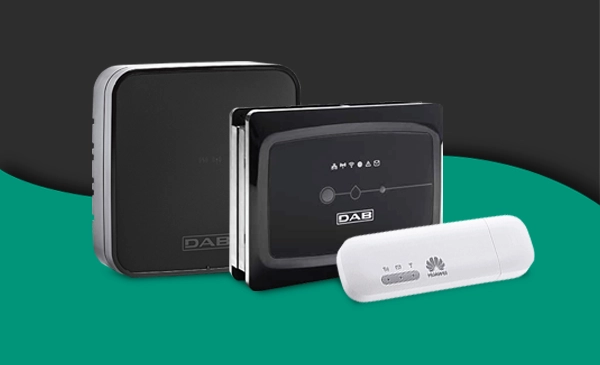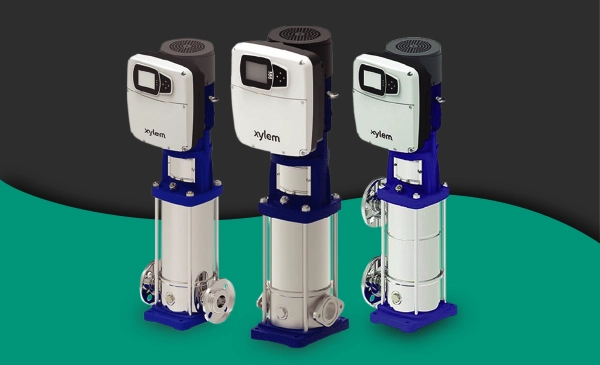The Complete Pump Supplies guide to submersible Pumps
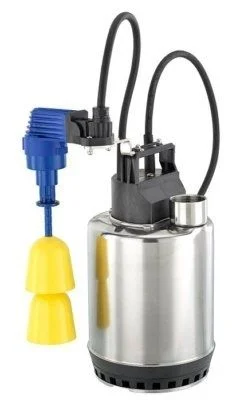
A submersible pump is a completely submerged and self-contained unit enclosed within a frame and cover. They are used in a variety of industrial, commercial, and domestic applications usually in deep wells, areas of limited space, or areas prone to flooding. Here at Complete Pump Supplies we have a wide range of submersible pumps, and this guide aims to outline and explain some key features of the submersible pump to help you make a more informed choice.
Key Components
A submersible pump is often encased in variant alloys of stainless steel in order to combat corrosion and increase the pump's longevity – in addition to this, the pump has waterproof cables which supply power to the motor.
As a complete unit, the systems are designed to work in self-sustained harmony, with the motor and turbine attached to each other. To work effectively, the pump needs to be sufficiently submerged for numerous reasons. Firstly, a submersible pump is usually activated by a built-in float switch which triggers the pump as the water level rises. Secondly, it is the body of water that passes between the motor and the external jacket which cools the unit and prevents it from overheating.
Many pumps also include an in-built cut off mechanism which shuts the system down if the impeller becomes jammed or malfunctions in any way. This helps protect the pumps systems from any further damage.
Operating Capacity
This is perhaps the most varied area of any submersible pump guide – each pump and manufacturer will come with its own operating capacity. An example taken from the Complete Pump Supplies website is the Calpeda GXR 12-10 which specifies an operating capability in liquid temperatures of up to 40°C. This pump also works in depths of up to 5m and a minimum depth of 70mm with a float switch.
Typically, most guides agree that submersible pumps have a "power consumption of between 75kw and 2.2kw and accommodating solids to a maximum of 55mm in diameter." (Warren Holmes, Expert Guide to Submersible Pumps)
Maintenance Tips
There are some things to consider in the correct use and maintenance of a submersible pump. For instance, do not use the pump in an environment that exceeds its operating capacity. Take the Calpeda GXR 12-10 as an example. Since this unit can work in liquid temperature of up to 40°C, do not exceed this temperature, and by extension, never use a submersible pump in exceedingly hot fluids.
You should also make sure that the pump is not clogged with large pieces of debris. It’s important to be especially vigilant of this during the winter months when the discharge line can freeze.
You should also keep the float free, since for the float switch to work effectively, it must not be obstructed if it is to automatically activate the system as the water level rises.
In summary, submersible pumps are a reliable installation which requires only a low (and basic) level of maintenance. There are a vast range and variety of submersible pumps each with their own operating capabilities, and one is bound to suit your specific needs. To shop our full selection of submersible pumps at Complete Pump Supplies, click here to see what we have on offer.




